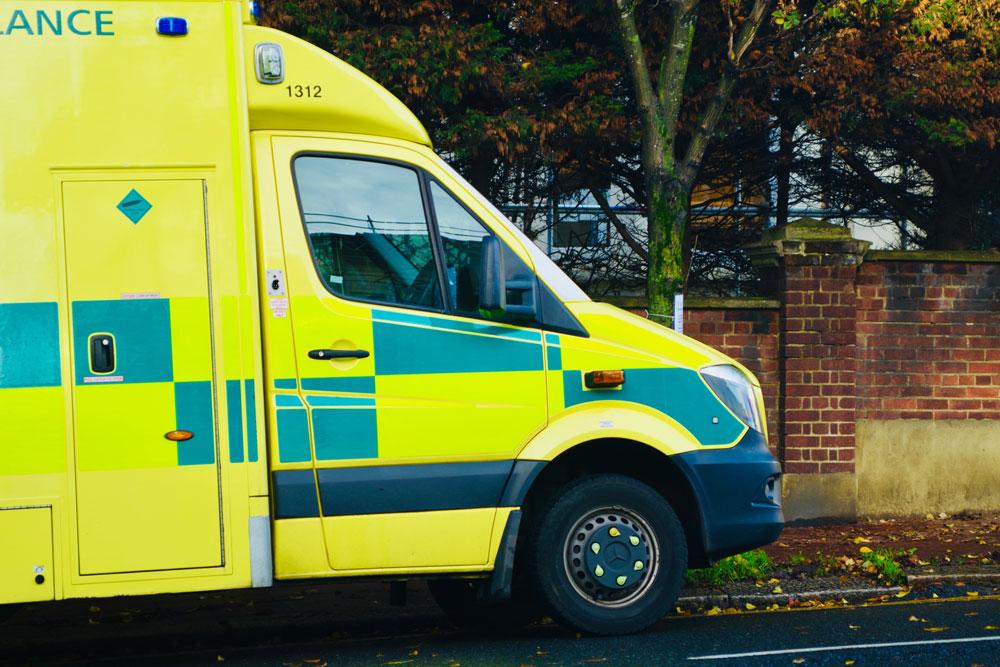In light of growing healthcare demands and constrained financial resources, Value-Based Procurement continues to be essential in order to generate year-on-year savings for the NHS.
Brian Mangan, international recognised in Value-Based Procurement & fellow of the Chartered Institute of Procurement, and Kristine Jones from BD, & a former procurement manager & strategic planning manager at Liverpool Community Health NHS Trust discuss the importance of collaboration, both within the NHS and the wider medical technology industry, and how this can add value to the procurement decision making process.
For Value-Based Procurement (VBP) to work effectively, it is vital to involve key stakeholders from across the healthcare pathway from the outset, including clinicians, finance teams, procurement teams and suppliers.
The cheapest product may not always deliver the best value; we should focus on the cost-effectiveness, or value, of the required products and services, rather than simply their price.
It is also beneficial to truly assess what we are purchasing. For example, will services be included or is it just a product that we are paying for?
VBP is more than just products. Looking at the entire pathway means we can elevate the procurement position to make a wider contribution to efficiency, so there is more scope to support the NHS and their strategic objectives.
The right products and processes may be able to provide treatment more effectively and minimise the risk of future complications arising, thus improving patient safety, and lowering the overall cost of care for that patient.
To ensure procurement decisions are being made effectively, it is necessary to work with both industry and clinicians to consider solutions that could drive a reduction in total costs across the patient pathway.
Progress has been made; however, there are still challenges across healthcare systems in the UK. One of the most frequent problems is that health systems, and procurers in particular, have a difficult time distinguishing between Economic Valuation and Value (i.e. what does it cost versus what does it deliver and avoid).
It is not effective to continue buying the same solutions as the past five years. It is crucial to be agile and to change with the times.
One device or one solution won’t necessarily fix a problem.
Procurement and clinical need to be asking what support will be provided beyond the initial purchase. In the wrong hands, no solution will work, it must be paired with the right training and support to be properly embedded.
It is also important to look at the tangible, measurable benefits beyond just price comparison.
For example, some suppliers provide access to a range of support services and specialist educational programmes.
Over recent years, the relationship between clinicians and procurement teams has transformed from “them and us” to one of collective respect and engagement with the procurement process used as an enabler in delivering improved patient care, which is why clinicians involve procurement teams from the very start.
Clinical engagement is key in order to look at specific pathways and identify the challenges on the ground.
By doing this, there will be a greater focus on improving patients’ lives and making a difference to clinical outcomes and efficiency.
The role of industry partnerships in enhancing the decision-making process
By working in close collaboration with NHS customers, MedTech suppliers can help enhance outcomes, lower costs, increase efficiencies, improve patient safety, and expand access to healthcare.
There has been a shift towards VBP, with more incentives for procurement teams to improve the whole system, not just a single part of the pathway.
It is more valuable to purchase solutions and services that maximise results and minimise costs during the course of a patient’s care.
When considering practice versus guidance, it is helpful to see where hospitals can make improvements, based on what national guidance is saying compared to what is being done in practice.
MedTech suppliers can provide the necessary training, education, and guidance on the latest best practice guidelines, so that clinicians are supported to implement changes.
Often clinicians have to work with what they have, however, the MedTech industry has the tools to take the pressure off.
They are bridging the gap between clinical, procurement and Integrated Care Systems (ICS). MedTech can take the burden off the clinicians who don’t have spare time, by collecting and giving the data back to the clinicians to help them see where they can focus their investment moving forward.
However, this is not a short-term fix; the NHS needs to establish long-term partnerships with MedTech suppliers. As ICS gain traction, it will become more collaborative, it could shift the thinking, so procurement decisions are no longer siloed.
Adopting a clear, evidence-based strategy that supports the value proposition by demonstrating measurable improvements in patient outcomes, increased productivity, and lower overall healthcare costs is crucial.
The clinical perspective
Last year, a multidisciplinary expert panel convened to reach a consensus on how to improve aseptic technique to reduce bloodstream infections during vascular access procedures (Barton A et al. How to improve aseptic technique to reduce bloodstream infection during vascular access procedures. BJN. 2022;31(17): 880-885).
The report showed that to promote compliance with best practice in aseptic technique, prevent Healthcare Associated Infections (HCAIs) and achieve good outcomes for patients, there is a need to ensure that clinicians understand and select accordingly appropriately designed, evidence-based products.
The report states for skin antisepsis during vascular access procedures: “the choice of the available licensed medical product must be considered as best practice. Its licence is based on research evidence that has been published, reviewed and validated.
The evidence for the use of devices off-licence, however common their use, is less clear and likely carries greater risks for the patient and the health professional.”
The right solution could treat a patient more successfully and reduce the likelihood that complications will occur in the future, enhancing patient safety and reducing the patient’s overall cost of care.
Simon Clare, member of the multidisciplinary expert panel and Haematology Practice Development Lead, UCLH, said that successful decision making requires collaboration.
“To effectively address problems that arise on the ground, decision-makers must be aware of what is going on at the front lines by working with clinicians,” he said.
If we collaborate more effectively together with finance, procurement and MedTech, it is more likely that patients can get the best possible outcomes and the pressures on healthcare systems could be reduced.
The importance of collaboration across the entire NHS pathway
Value-Based Procurement has the power to improve patient outcomes, lower costs, shorten wait times, and transform the healthcare industry.
The MedTech industry can also help to ease the pressure on clinicians and procurement teams. Establishing these long-term partnerships can support a more collaborative environment for decision making.
With the proper processes in place, looking beyond the product, but at the entire pathway, the procurement position can be elevated to make a wider contribution to efficiency and support the NHS with their strategic objectives.
Collaborating with customers, health partners and patients enables MedTech suppliers to identify key clinical unmet needs and deliver solutions to address them.





